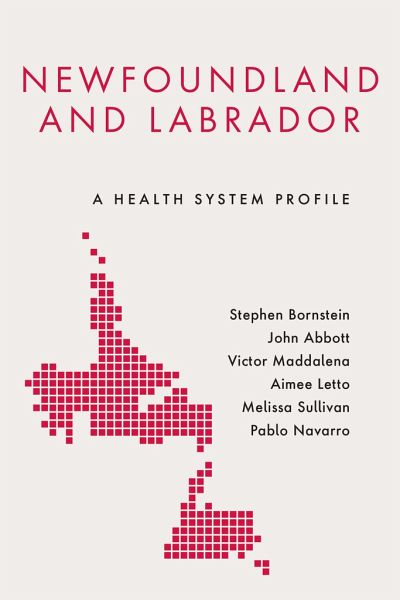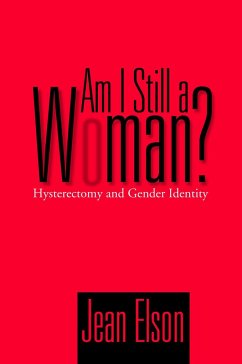
Newfoundland and Labrador
A Health System Profile
Versandkostenfrei!
Versandfertig in über 4 Wochen
89,99 €
inkl. MwSt.
Weitere Ausgaben:

PAYBACK Punkte
45 °P sammeln!
Combining a historical account with a current analysis, Newfoundland and Labrador: A Health System Profile is the first comprehensive study of the province’s health institutions, policies, and outcomes.












